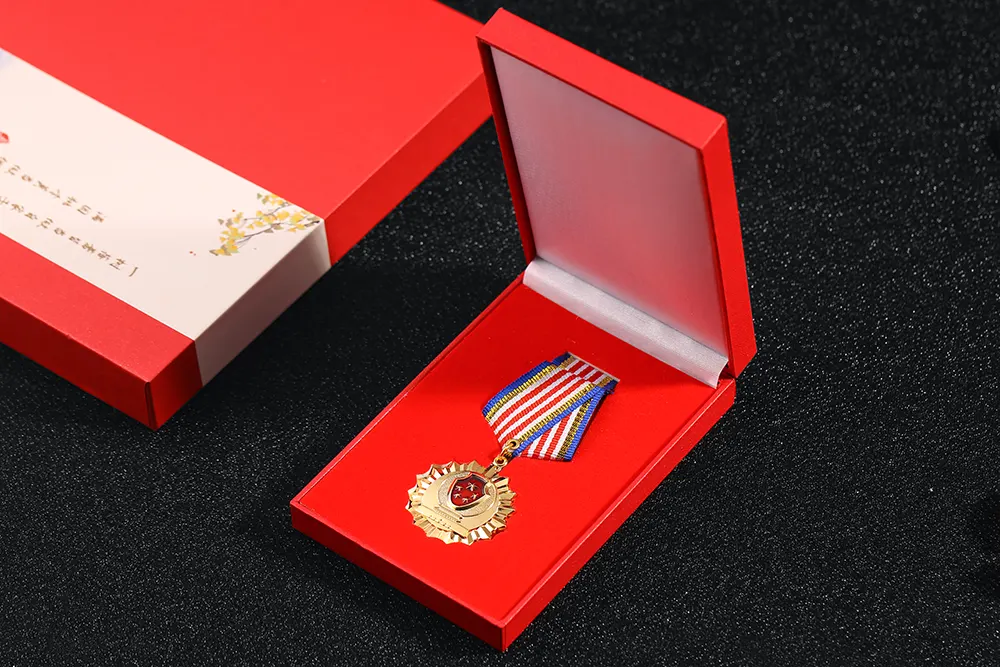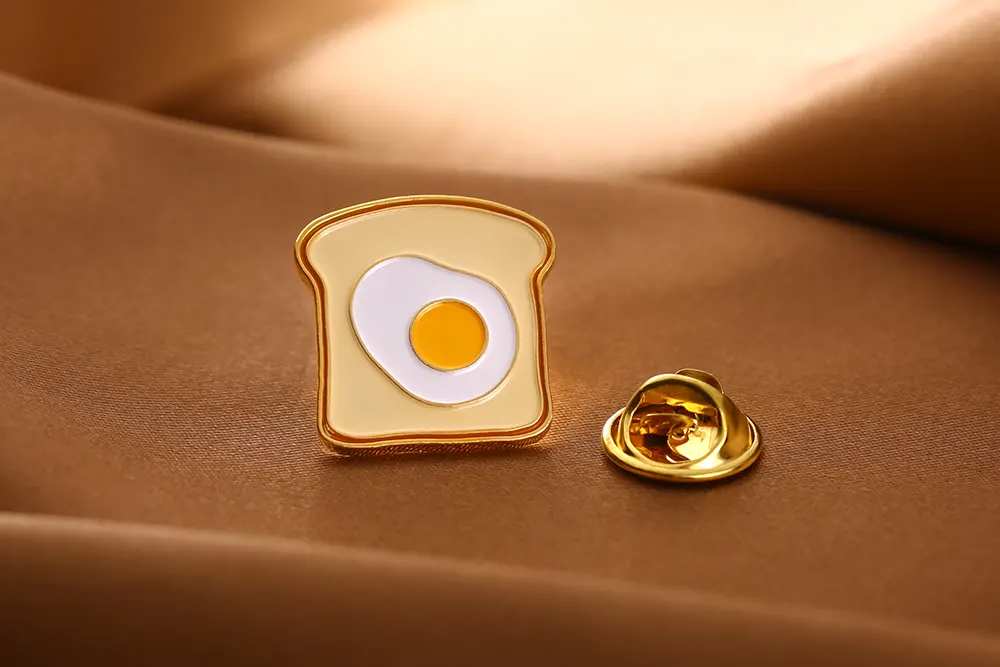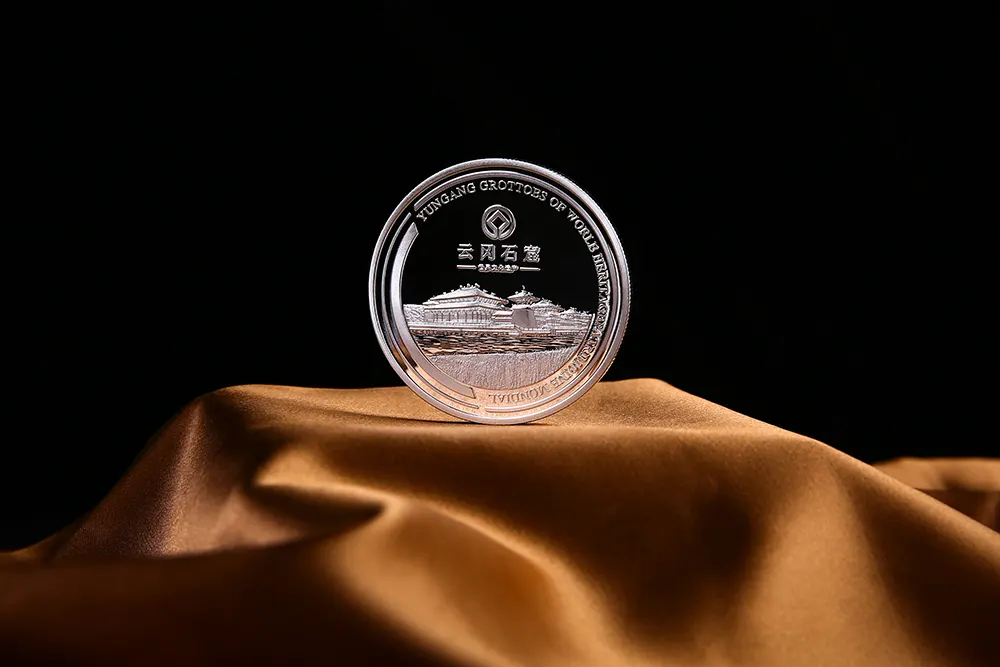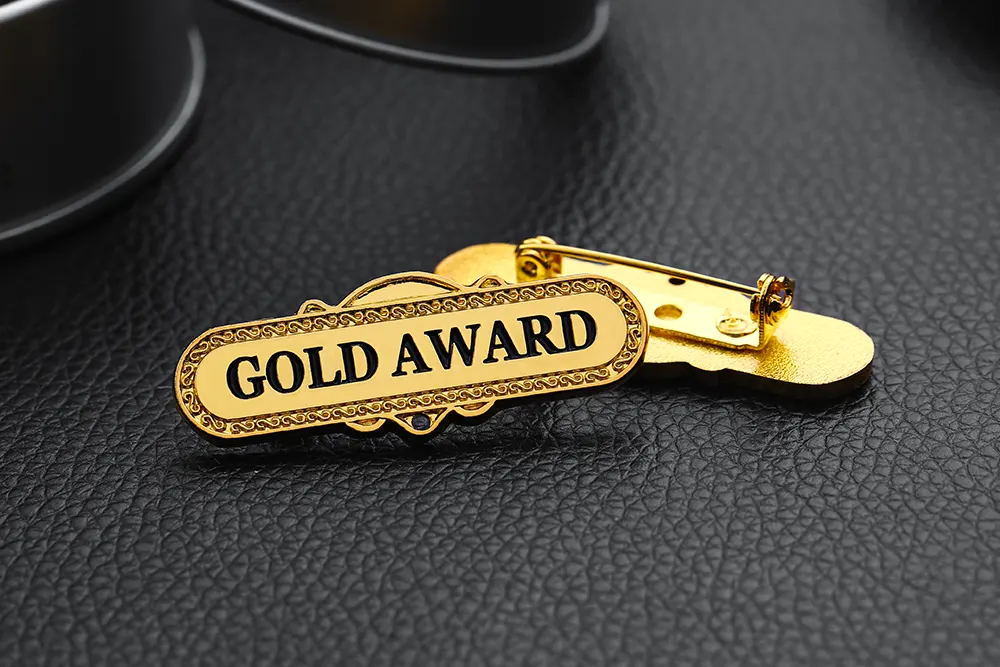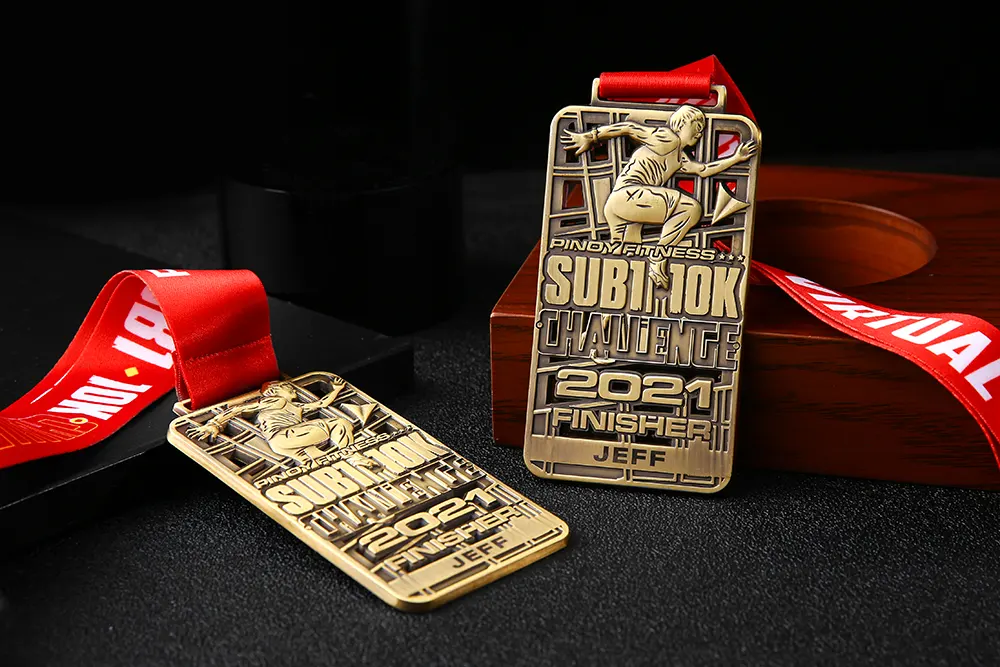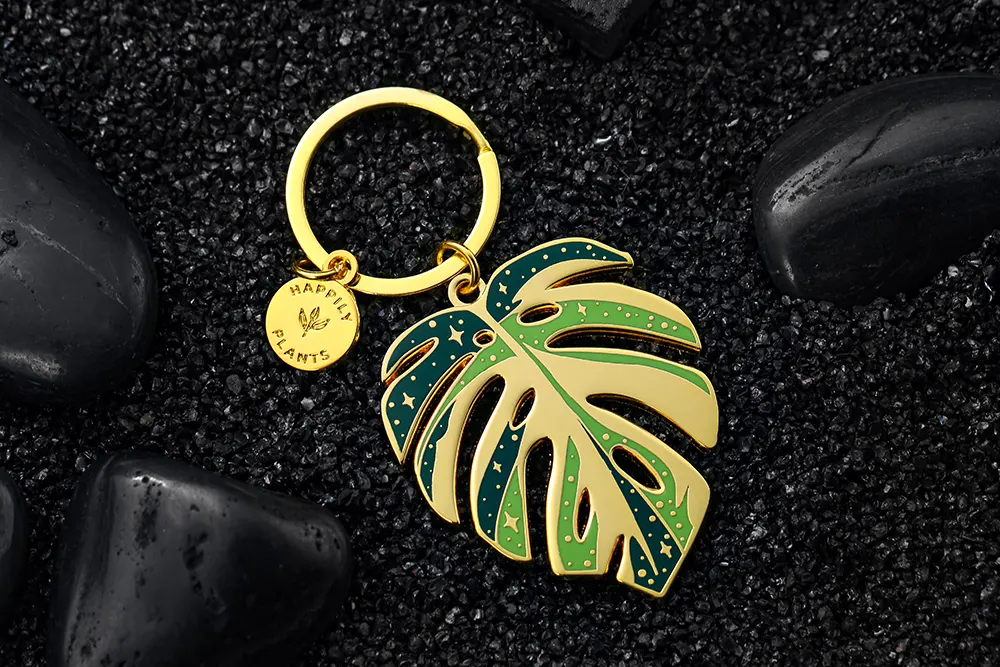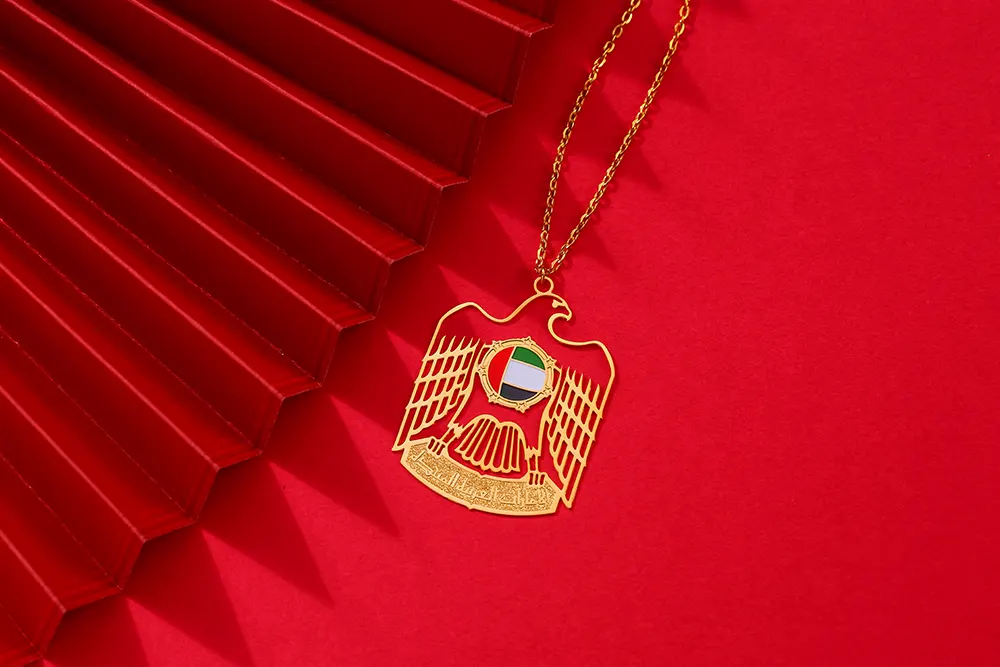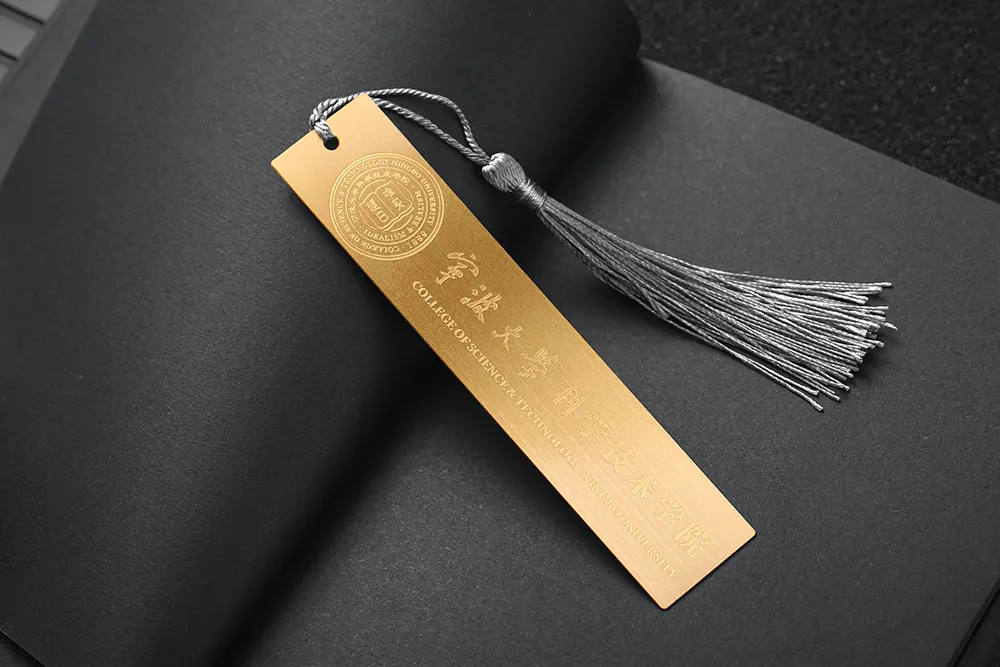Walking into a military memorabilia shop last summer, I noticed something unexpected. Alongside the traditional challenge coins sat vibrant, colorful pieces that looked more like miniature works of art than standard coins. The shop owner smiled at my curiosity and handed me one. “These are enamel coins,” he explained. “They’ve completely changed the game.”
That moment sparked my deep dive into the world of enamel coins, and I quickly discovered why these colorful collectibles have become so popular among military units, businesses, and collectors alike.
What Makes an Enamel Coin Different?
An enamel coin is a metal coin featuring colored enamel fills that bring designs to life with vivid detail. Unlike traditional stamped coins that rely solely on raised and recessed metal surfaces, enamel coins incorporate colored glass-like material that’s baked onto the metal surface.
The result is stunning. Colors pop against polished metal borders, creating a sharp contrast that photographs beautifully and feels substantial in your hand. Whether commemorating a military achievement, celebrating a corporate milestone, or marking a special event, these coins offer a level of visual appeal that plain metal simply cannot match.
Understanding Soft Enamel Coins
When exploring options, you’ll encounter the term “soft enamel coin” frequently. This refers to the most popular manufacturing technique, and for good reason.
Soft enamel coins have a distinctive textured surface. The enamel sits recessed below the raised metal lines, creating a tactile experience you can feel with your fingertip. Here’s how they’re made:
First, the design is stamped into the metal, creating raised outlines and recessed areas. Then, enamel paint is carefully added to each recessed section by hand or machine. Finally, the coin is baked at high temperature to harden the enamel, though it remains slightly below the metal surface.
This texture gives soft enamel coins their characteristic look and feel. The metal lines stand proud, defining each color section clearly. Many collectors prefer this style because the dimensional quality makes the design more dynamic and interesting to examine.
The practical advantages are significant too. Soft enamel coins are more affordable to produce than hard enamel varieties, making them ideal when you need larger quantities. The manufacturing process is faster, which matters when you’re working against a deadline for an upcoming event or anniversary celebration.
Creating Custom Enamel Coins That Stand Out
The real excitement begins when you explore custom enamel coins designed specifically for your purpose. I learned this firsthand when helping my local veterans’ organization create coins for our annual fundraiser.
Custom options give you complete creative control. You select the size, shape, metal finish, and color palette. Want antique gold with emerald green and deep burgundy? Done. Prefer shiny silver with bright blue and white? Absolutely possible. The color matching process typically uses Pantone standards, ensuring your organization’s exact brand colors transfer accurately to the final product.
Shape flexibility sets custom enamel coins apart from mass-produced alternatives. While circular coins remain classic, you can choose from dozens of stock shapes or create completely unique silhouettes. I’ve seen coins shaped like state outlines, company logos, mascots, and emblems. One fire department created coins shaped like their Maltese cross symbol, which became instant favorites among the crew.
Design complexity is where custom coins really shine. You can incorporate multiple colors (typically up to eight or more), intricate details, text on both sides, and even special effects like glitter enamel or glow-in-the-dark fills. Edge customization lets you add text around the coin’s rim, perfect for mottos, dates, or serial numbers. For more about the evolution and impact of coin design, explore its artistic and historical context.
Choosing the Right Finish for Your Coins
The metal finish dramatically affects how your coin looks and feels. Standard options include polished gold, silver, bronze, antique finishes, and black nickel. Each creates a different mood.
Polished finishes offer bright, reflective surfaces that look formal and prestigious. Antique finishes provide a vintage, weathered appearance that feels historical and distinguished. Black nickel creates bold, modern contrast especially striking with bright enamel colors.
For our veterans’ coins, we chose antique bronze, which complemented our organization’s traditional values while making the red, white, and blue enamel colors stand out beautifully against the darker metal.
Quality Factors That Matter
Not all enamel coins are created equal. When evaluating manufacturers, examine these quality indicators:
Metal thickness determines durability. Quality coins use 3mm to 5mm thick metal that won’t bend or warp easily. Thinner coins feel cheap and may not hold up to handling and display.
Enamel application should be smooth and even within each recessed area. Watch for gaps, bubbles, or color bleeding across metal lines. Reputable manufacturers inspect each coin and replace any with defects.
Edge finishing shows attention to detail. Edges should be smooth without sharp burrs or rough spots. Quality coins undergo edge smoothing and polishing as a standard step.
The backing and attachments matter for coins that will be displayed or worn. Rubber or deluxe clutches hold more securely than basic butterfly clutches. Some collectors prefer coins without posts for easier storage in cases or albums.
Popular Uses Beyond the Military
While enamel coins originated in military traditions, their use has expanded dramatically. Corporations order custom coins for employee recognition programs, celebrating work anniversaries, safety milestones, or exceptional performance. The tangible nature makes them more meaningful than certificates.
Sports teams and leagues create commemorative coins for championships, tournaments, and season highlights. Unlike trophies that stay in one place, coins travel with team members as personal keepsakes.
Schools and universities mark graduations, academic achievements, and reunion years with custom designs featuring mascots, campus landmarks, and school colors. Alumni associations use them for fundraising and member engagement.
Non-profit organizations leverage custom enamel coins for donor recognition, volunteer appreciation, and awareness campaigns. The collectible nature encourages repeated support as people want to complete sets or obtain special editions.
Pricing and Minimum Orders
Understanding costs helps you budget appropriately. Soft enamel coins typically cost between $2 and $8 per piece depending on size, complexity, quantity, and metal type. Larger orders reduce per-unit costs significantly.
Most manufacturers require minimum orders of 50 to 100 pieces. Some companies offer lower minimums for simple designs or stock shapes, though per-coin costs increase with smaller quantities.
Setup fees cover die creation and design work. These one-time charges usually range from $50 to $150 but are waived or reduced for larger orders. Keep your design files if you plan to reorder, as subsequent runs using existing dies cost less.
The Ordering Process Simplified
Creating custom enamel coins is more straightforward than you might expect. Start by sketching your concept or gathering reference images. You don’t need professional design skills, just clear ideas about what elements you want included.
Submit your concept to the manufacturer. Their design team creates a digital proof showing exactly how your coin will look, including colors, text placement, and size specifications. Most companies offer free design revisions until you’re completely satisfied.
Once you approve the proof, production begins. Typical turnaround runs two to four weeks for soft enamel coins, though rush services may be available for urgent needs. You’ll receive photo samples before final shipment to ensure quality meets expectations.
Caring for Your Collection
Proper care keeps enamel coins looking new for decades. Store coins in protective cases or display boxes to prevent scratching. Velvet-lined cases work especially well, keeping coins separated while allowing easy viewing.
Clean gently using a soft cloth if needed. Avoid harsh chemicals that might damage enamel or metal finishes. For coins that will be handled frequently, consider ordering extras as backups.
Display coins out of direct sunlight to prevent color fading over time, especially with certain enamel colors that may be more light-sensitive.
Making Your Decision
Whether you’re honoring achievements, building team spirit, or creating lasting memories, enamel coins offer unique value. The combination of artistic flexibility, durability, and affordability explains their growing popularity across diverse applications.
Starting your first custom order might feel overwhelming, but manufacturers guide you through each step. The pride of holding your finished coins, seeing your vision transformed into tangible metal and enamel, makes the process worthwhile.
That coin the shop owner handed me last summer sits on my desk now, a constant reminder that the best recognition often comes in small, carefully crafted packages. Your custom enamel coins could create similar moments for the people who receive them.
















